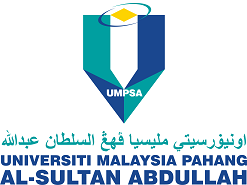Adsorption Of Methylene Blue By Imperata Cylindrica: Reaction Optimization By Response Surface Methodology (RSM)
DOI:
https://doi.org/10.15282/jceib.v7i2.7020Keywords:
Imperata Cylindrica, Methylene Blue, Optimization, Response Surface MethodologyAbstract
Imperata Cylindrica (IC) is a solid waste that is readily available throughout the year known as one of the most important weed in the world and frequently causes major disposal issues. As a result, using IC as a low-cost adsorbent is beneficial from both, economic and environmental standpoint to remove colors from wastewater of textile industry. This work studies the reaction optimization of methylene blue (MB) removal using IC by response surface methodology (RSM). The RSM experiments were designed with 4 independent variables (initial adsorbent dosage, initial pH, initial dye concentration, and initial temperature) and 1 response variable (percent removal of MB). According to the pareto figure, the initial pH demonstrated the greatest impact on the percent removal of MB. The RSM data predicted the optimum condition of MB removal up to 86.61% using IC, by utilizing adsorbent dosage of 1.458 g/L, at 42 oC, initial pH of 6.8 and MB concentration of 235 ppm. The chacterization analysis revealed the physicochemical properties of IC in the adsoprtion process.
Downloads
Published
Issue
Section
License
Copyright (c) 2021 Universiti Malaysia Pahang Publishing

This work is licensed under a Creative Commons Attribution 4.0 International License.



